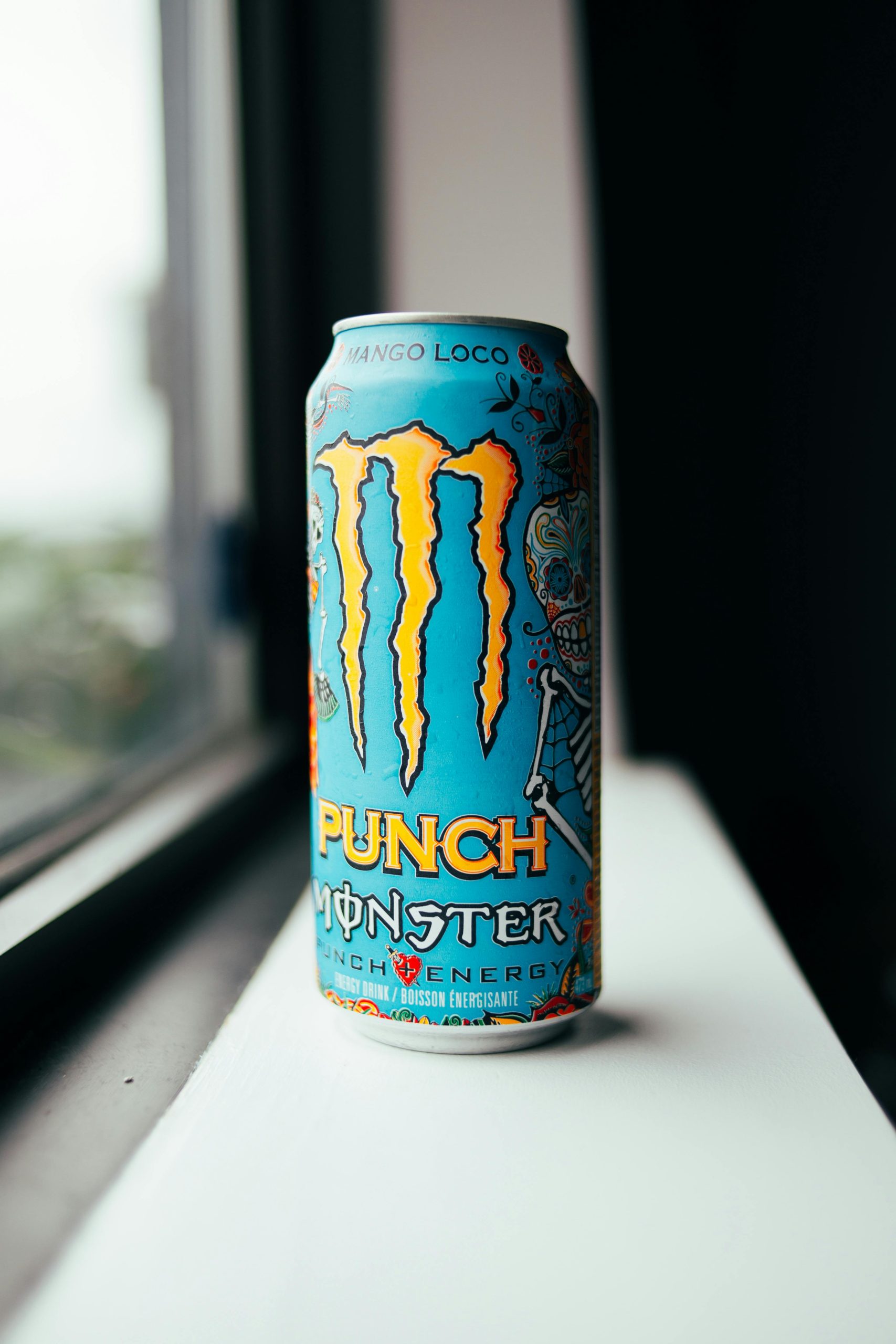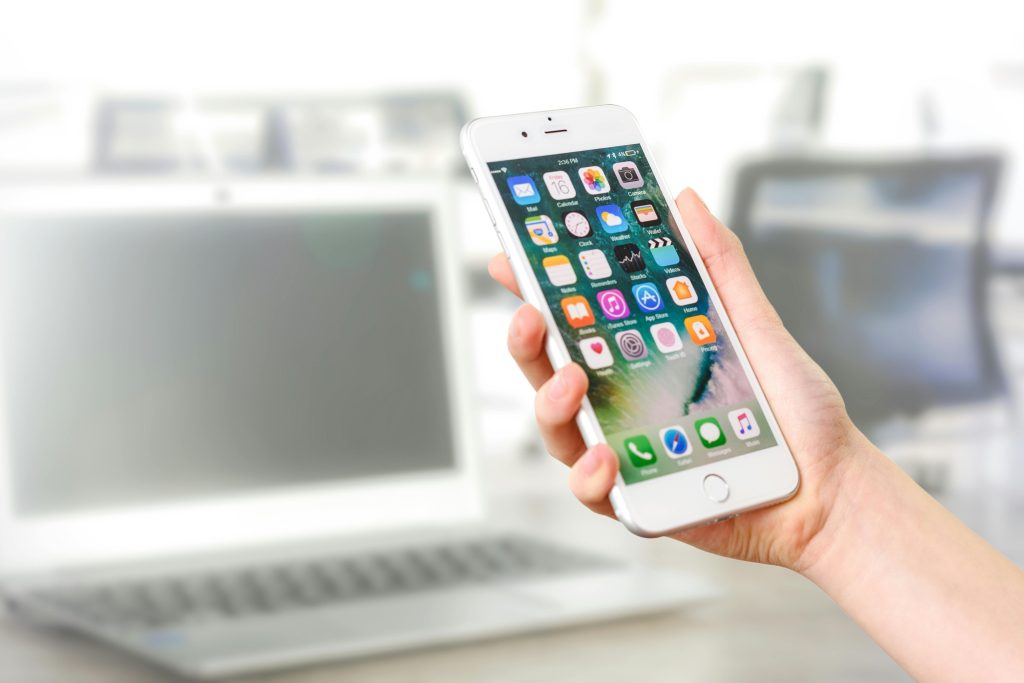Troubleshooting Guide: LaCie Porsche Design 4TB External Drive Fails to Detect on Mac and Windows
External drives are essential tools for data storage and backup, but when they unexpectedly stop functioning, it can be frustrating. Recently, users have reported issues with the LaCie Porsche Design 4TB external hard drive, where the device powers on but then becomes unrecognized by both Mac and Windows systems. This article explores common causes, troubleshooting steps, and insights into repairing or opening the enclosure.
Common Symptoms and User Experience
A typical scenario involves connecting the LaCie Porsche Design external drive via USB, observing the following:
- The LED indicator lights up upon connection.
- The internal disk spins briefly, then stops.
- The LED remains lit, but the drive is not detected by any computer.
- The device remains warm to the touch during operation.
- Attempts to troubleshoot using multiple cables, USB ports, and different computers have not resulted in recognition or successful repair.
Potential Causes of Drive Failure
This behavior can stem from various issues, including:
- Power supply or circuit faults: Insufficient power delivery or internal electrical faults.
- Mechanical failure: Problems within the drive mechanics or spindle motor.
- Enclosure/connectivity issues: Faulty connection between the drive and enclosure, or enclosure damage.
- Firmware or controller failure: Corruption or malfunction of onboard firmware or drive controller.
- Physical damage: External or internal impacts causing hardware failures.
Troubleshooting Steps
Before considering professional repair or opening the enclosure, try the following:
- Verify Power and Connection Stability
- Use different USB cables and ports to rule out cable-related issues.
- Avoid using USB hubs; connect directly to the computer.
-
Attempt to connect the drive to another computer to confirm whether the problem persists.
-
Monitor Disk Behavior
- Check if the drive’s LED remains steadily lit or flickers.
-
Observe if the drive makes any unusual noises, such as clicking or grinding, which may indicate mechanical failure.
-
System Disk Management Tools
- On macOS: Open Disk Utility to see if the drive appears.
- On Windows: Use Disk Management or Device Manager.
-
If the drive is not visible in these tools, it suggests a low-level hardware issue.
-
Use Data Recovery Software (Optional)
- Since data recovery is
Share this content:


